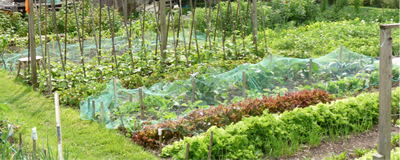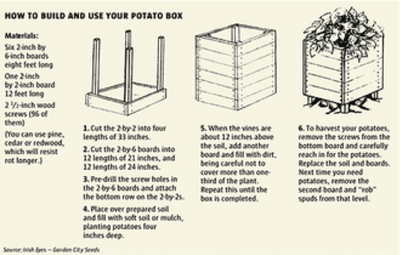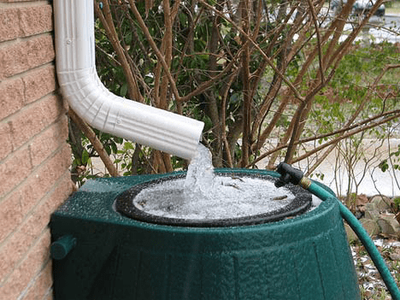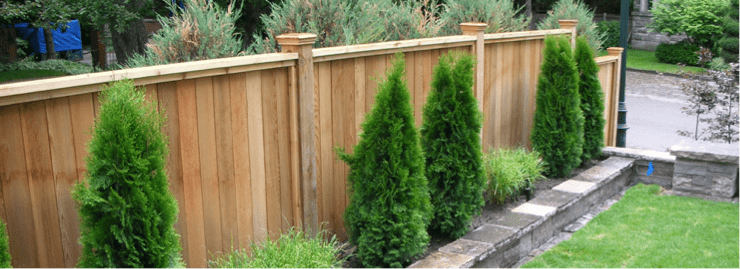|
If you have a garden pond one thing to consider is local frogs. You may find that each spring frogs visit your pond to breed and the reuslting frog spawn may swamp your pond.
That may be fine if you want a natural pond that attracts local wildlife but not if you want a pristine clean fish pond. But the 21st Century has seen the UK frog population declining and simply throwing the spawn away will not stop frogs using your pond each year though it will not help increase the number of frogs either. These small amphibians, frogs, often fascinate people so it would be sad if they became extinct and after all every creature has its place in this world. Over the last few years the U.K. population of frogs has been hit by disease which has meant a rapid decline in their number. In 2010 a killer virus wiped out thousands of frogs. For this blogger though frogs are alive and well, enjoying life in the city We moved into our current home in 1999. It is in a northern city of Yorkshire in the U.K. The relatively small garden already had a pond in situ which had a small stock of fish and each spring a teaming population of frogs. Throughout the year the frogs would seemingly vanish. Move a plant's leaves in summer though and you were liable to glimpse a frog or even have one jump out at you and in spring each year the frogs would become visible. A veritable orgy would be on going for weeks in our pond, with so much frog spawn that some had to be removed. Following local flooding in 2007 and extensive renovation works of our home it was decided that it would be prudent to fill in our pond. Sadly neighbours had been doing the same for years resulting in more and more frogs filling our garden and pond each spring. On a mild evening the garden was, as far as noise went, reminiscent of the Deep South of the U.S.A. and the frog chorus. Frogs however must have a "die hard “attitude to life. Almost ten years later the frogs are still around. In May 2015 some frogs returned to their proverbial spring home. There may be few ponds locally now but they were looking for a good place to breed and their desire strong. The odd frog was spotted in our garden like the one shown in the image above. Opening the door early in the morning this frog was looking up at me. It had plonked itself in our dog's food dish that had been left outdoors to soak in water overnight. There the frog stayed all day then vanished. Conclusion: We need to put more thought into building city ponds and more importantly into filling them in. Frogs, once they have found a forever breeding ground will return year after year after year to breed. If the U.K. frog population is declining we can all play a part in halting that. For this blogger it is going to be providing a temporary wet area for the frogs to "play". Now March 1, 2017, may be a good day to start that project. Gardener's friend? Make your garden frog friendly Save the Frogs
0 Comments
Garden fencing can be the ideal solution for privacy and security issues in your garden. Fencing can also be a great way to section of various parts of your garden. The right fencing may not only be practical as it can also be attractive.
Before hastily erecting a new fence you will need to check out any local rules and regulations that may be in force and research the options available. With this easy How-To-Guide the perfect fence for your garden is only a few steps away. Building and planning rules and regulations In the UK there are various building rules and regulations and some may apply when you want to erect a new fence. On the whole you do not need planning permission as long as your fence is within a specified height. It partly also depends on how far away from the boundary of your property you are going to erect a fence. Fences or walls that adjoin a road or street have to be lower. As a general rule fences must not be:
The rules may be less stringent than in the UK but it would be as well to check. As a rule fences up to 6ft high are allowed. However there may be some community restrictions based on the possible appearance of your fence. Research your local rules, regulations and by-laws for any variances. Neighbours It is sometimes agreed that the fence or wall at the right of the property belongs to the household whereas the one to the left belongs to the neighbour. However, it is not always that simple. If your neighbour has erected a fence at both sides of his property before you move in you, cannot simply remove it. You will need to seek agreement with all concerned. If you do not neighbour relations may be difficult to say the least. You can erect a fence at your side off the fence which hides the neighbour's fence if preferred. When you are planning your fence consult your neighbours if appropriate. This can ensure that there will be no bad feeling if, for instance, you block off part of their natural light. A neighbour may be happy to share the cost of an adjoining fence as long as it meets with their approval. The purpose of the fence Think about the purpose of your fence. If it is simply needed to improve security it will need to be substantial. If you will need to allow light to pass through you will need a fence that has wood spaced out. Perhaps you want to grow rambling roses or fruit on your fence and so a trellis may be a necessity. There are so many options but it does depend upon your needs. How to plan a fence Once you have done the background work start to plan your fence.
You will need to consider
Tips & Warnings
|
Archives
March 2017
Categories
All
|










 RSS Feed
RSS Feed




